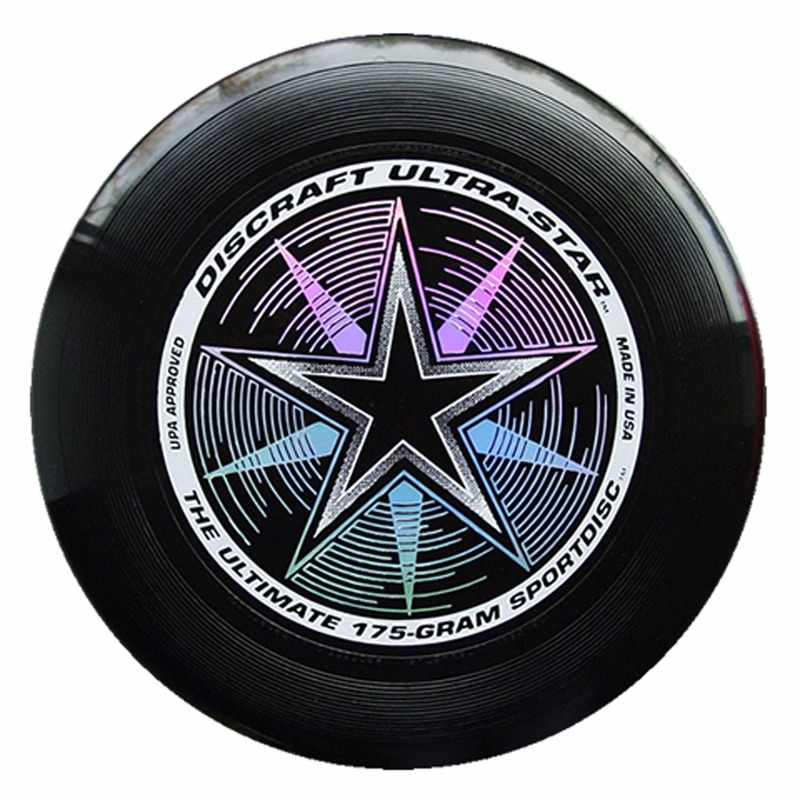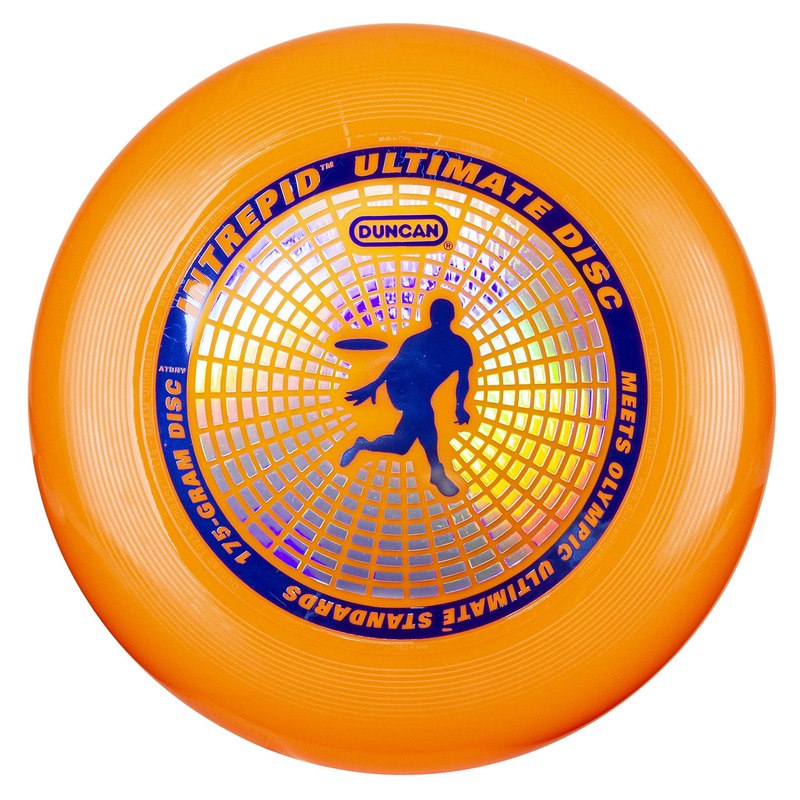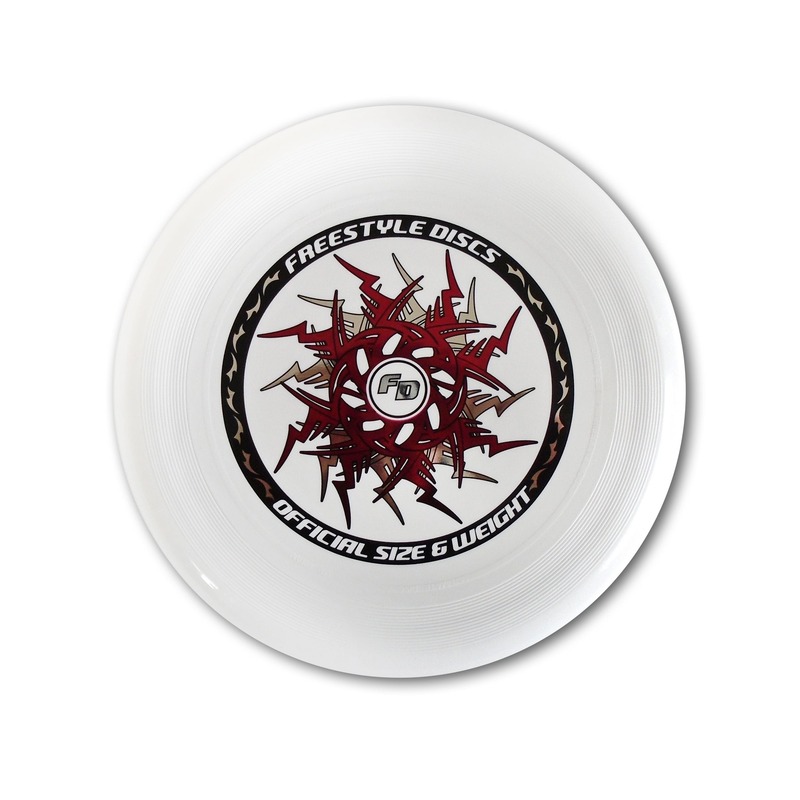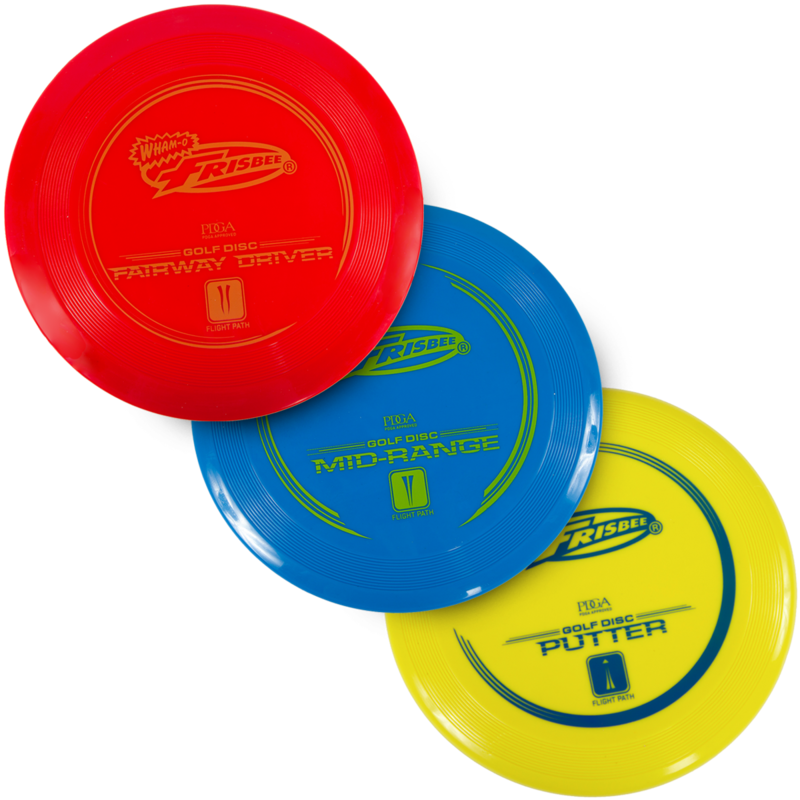The Basic Physics of Frisbee Flight
Understanding the basic physics behind a frisbee disc in flight is crucial. It’s about how forces act on the disc. When you throw a frisbee, different physical principles come into play. One of these is Newton’s First Law of Motion. It tells us that an object in motion stays in motion unless acted on by an external force. In the case of the frisbee, these external forces are gravity, lift, and drag.
When you release the frisbee, you impart a force. This force determines the initial velocity and direction. The spin you provide is equally important. It contributes to the disc’s stability in the air. Moreover, the shape of the frisbee disc makes it unique. It acts as an airfoil. This design helps to generate lift when the disc moves through the air at the correct angle.
Air pressure differences also play a significant role. As the disc slices through the air, air pressure on top of the frisbee decreases. This happens because the air moves faster over the top than the bottom. The higher pressure beneath the disc forces it upwards, creating lift. However, as the disc progresses, air resistance, or drag, tries to slow it down.
For a frisbee to fly smoothly, it needs to have a balanced design. If its center of lift aligns with its center of gravity, it will glide better. Deviations can cause the disc to tilt or change direction.
In summary, the basic physics of frisbee flight involve forces like lift and drag. They also depend on release angle, spin, and the disc’s design. Even factors like the disc’s material and weight can affect these dynamics. A well-balanced, aerodynamically shaped frisbee disc can glide gracefully and predictably, delighting players and spectators alike.

Design Factors Influencing Frisbee Aerodynamics
The design of a frisbee disc greatly impacts its flight. Key factors include shape, size, and rim depth. The shape must be an efficient airfoil to create lift. A wider shape allows for more air to push against the frisbee, increasing lift. However, it can also increase drag.
The size of the frisbee also matters. Larger discs catch more air, which can enhance lift. But this can make the frisbee more susceptible to wind. Smaller discs are less affected by wind, but they require more skill to throw accurately.
Rim depth plays a critical role. Deeper rims can cause a frisbee to glide longer. They provide more space for air to flow over, creating lift. But if the rim is too deep, the frisbee may become unstable. Finding the right balance is key for optimal aerodynamics. A balanced design ensures that the center of lift and the center of gravity align. This balance helps the frisbee to fly straight and true.
The surface texture of the frisbee affects air flow too. Smooth surfaces reduce drag. Textured surfaces may increase grip and control in certain conditions. The disc’s material influences its rigidity and durability. Stiff materials may offer more consistent flight patterns. Flexible materials can absorb impacts better, reducing damage.
In essence, a frisbee disc’s design dictates its behavior in the air. Aerodynamics are critical for a smooth, controlled flight. Designers must consider several factors to create a disc that flies well. These include shape, size, rim depth, texture, and material composition. Each element must work in harmony to produce the desired aerodynamic properties.
The Role of Spin in Frisbee Stability
Spin is a key player in a frisbee disc’s stability. When you throw a frisbee with spin, it stays steadier in the air. This is due to the gyroscopic effect. The rotation of the frisbee keeps it from flipping over. It helps maintain the disc’s attitude as it glides through the air.
A frisbee without enough spin will wobble and fall quickly. This lack of stability is because there’s not enough gyroscopic inertia. For a stable flight, spin rate is crucial. The faster the spin, the more stable the frisbee will be. However, too much spin can also cause issues. It may make the disc harder to catch. Finding the right balance is important for both throwers and designers.
The way you grip and release the frisbee also affects spin. A good snap from the wrist adds the needed rotation. Practice helps. The more you throw, the better you get at judging the right amount of spin.
In short, spin is vital for a stable, controlled frisbee flight. It counteracts forces that could disrupt its path. With the right spin, a frisbee can sail smoothly towards its target.
How Angle of Release Impacts Flight Path
The angle at which you release a frisbee disc is critical. It defines the disc’s flight path and overall performance. When you throw a frisbee, the angle of release is known as the ‘angle of attack’. This angle determines how much air will flow over versus under the disc. Too steep an angle, and the frisbee might climb sharply then stall. Too shallow, and it may not generate enough lift, causing it to fall short.
Here’s how the angle of release influences the frisbee’s flight:
- Straight Level Flight: For a frisbee to fly straight and level, you need to release it at a slight upward angle. This allows the disc to utilize air currents to generate lift evenly across its surface.
- High-Arcing Throws: A higher angle of release, or a ‘hyzer’ throw, creates a large, arching path. It is useful for avoiding obstacles or when you want the disc to land quickly.
- Low-Flying Throws: A lower angle of release, known as an ‘anhyzer’ throw, results in a flight path that stays low to the ground. This is ideal for distance and when you want to avoid the impact of wind from above.
The right angle varies based on factors like the thrower’s strength, the disc’s design, and environmental conditions. Achieving the perfect angle takes practice. Throwing with different angles helps you understand how each affects the flight.
Remember, it’s not just about how far you want the frisbee to go. It’s also about its trajectory and landing spot. Mastering the angle of release is an important skill for any frisbee player aiming to control their throws.

The Effect of Wind and Weather on Frisbee Flight
Wind and weather vastly influence how a frisbee disc performs in the air. Below are key points to consider when playing frisbee in different weather conditions:
- Wind Direction and Strength: Wind can change a frisbee’s direction and speed. A headwind lifts a frisbee up and may slow it down, requiring extra force in your throw. A tailwind can carry the disc further, but may cause it to drop quickly.
- Crosswinds: Side winds or crosswinds push a frisbee disc off its intended path. They can make the disc tilt, which affects its stability and distance. Throwing into a crosswind needs careful angle adjustment to keep the flight controlled.
- Gusts and Variability: Sudden gusts can disrupt a frisbee’s flight abruptly. Steady winds are easier to adapt to than variable winds. It’s important to observe the wind’s behavior before throwing.
- Temperature and Air Density: Cooler air is denser and provides more lift, but may also increase drag. Warmer air is less dense, which can make generating lift harder and alter throwing techniques.
- Rain and Humidity: Wet conditions add weight to a frisbee, affecting its flight distance and stability. High humidity can also impact air density, similar to temperature effects.
Players must adapt their throwing technique to match the weather conditions. They should observe the environment and adjust the throwing force, angle, and spin accordingly. A deep understanding of how weather affects frisbee flight can give players an edge and enhance their game.
Material and Weight: Their Impact on Frisbee Performance
The material and weight of a frisbee disc are critical to its flight characteristics. Manufacturers use various materials to balance durability, grip, and aerodynamics. Here is how these factors affect a frisbee disc’s performance:
- Material Choice: Common materials for frisbee discs include plastic and rubber. Plastic discs are often lighter and can provide smoother flights. Rubber tends to have higher grip, which can affect release and spin.
- Weight Distribution: The distribution of weight in a frisbee affects its stability. A heavier rim, for instance, might increase stability but reduce throwing distance.
- Overall Disc Weight: A frisbee’s total weight impacts how far it can be thrown. Lighter discs are easier to throw but can be more sensitive to windy conditions. Heavier discs require more power to throw but maintain momentum better.
- Regulation Specifications: There are regulations on disc weight for official frisbee sports. Disc golf, for example, has specific weight classes that ensure fair play.
- Personal Preference: Players may prefer different weights depending on their throwing style. Some might find heavier discs easier to control, while others may prefer the swift flight of a lighter disc.
In summary, the frisbee disc’s material and weight play a substantial role in its aerodynamic abilities. They determine the ease of throwing, the distance it can cover, and its behavior under varying weather conditions. Players should choose their frisbee disc, keeping in mind their own strength and skill level, alongside the conditions in which they will be playing.
Advanced Throwing Techniques for Optimal Aerodynamics
To excel in frisbee play, mastering advanced throwing techniques is a must. These techniques fine-tune a frisbee disc’s aerodynamics for improved flight performance. Here, we explore how certain throws can enhance the disc’s aerodynamics:
- The Power Grip: For distance throws, a power grip is crucial. Use all fingers to tightly secure the disc’s rim. This firm grip aids in releasing the frisbee with ample spin and speed.
- Snap Your Wrist: A strong wrist snap contributes significantly to spin. The more spin, the steadier the flight. This results in optimal aerodynamics and a smoother journey through the air.
- The ‘OAT’ (Off-Axis Torque): Avoid OAT by keeping your throwing motion straight. Off-axis torque disturbs the disc’s spin and can cause wobbling, reducing aerodynamic efficiency.
- Follow Through: Your throwing motion should end with a full follow-through. This ensures you’re imparting the maximum velocity and correct angle to the frisbee disc.
- Adapt to the Wind: Efficient throws work with the wind, not against it. Adjust the angle based on wind direction to maintain control and aerodynamics.
- Utilize the ‘S’ Curve: For advanced players, an ‘S’ curve throw can navigate the wind. It involves an anhyzer release that flips to hyzer mid-flight, tracing an ‘S’ in the air.
In conclusion, advanced throwing techniques significantly impact a frisbee disc’s aerodynamic properties. By implementing spins, grip, and precision, players can achieve greater distance, accuracy, and overall control. Practice is key to perfecting these techniques and understanding the intricate dance of forces that rule the flight of a frisbee.

Understanding the Lift and Drag Forces at Play
To master frisbee disc dynamics, we must grasp the concepts of lift and drag. These two forces are central to the flight of any frisbee. Lift acts against gravity, allowing the disc to rise and stay airborne. Drag, on the other hand, slows it down, resisting forward motion.
- Lift Force: When you throw a frisbee, air flows over and under the disc. Faster airflow over the top creates lower pressure. This imbalance leads to an upward force, known as lift. The disc’s airfoil shape aids this process, allowing it to glide.
- Angle for Lift: The angle of the disc, or angle of attack, affects lift. A proper angle lets the disc cut through the air, gaining enough lift without stalling.
- Drag Force: As the frisbee moves, air particles collide with its surface. This creates drag. Drag depends on the frisbee’s speed, size, shape, and texture.
- Minimizing Drag: Streamlined design reduces drag. A smoother surface lets air flow freely, lessening resistance. This is why many frisbee discs have a sleek finish.
By understanding how lift and drag work, players can better control their frisbees. Optimal design and throwing techniques can maximize lift and minimize drag. This ensures a stable and predictable flight for the frisbee disc.
